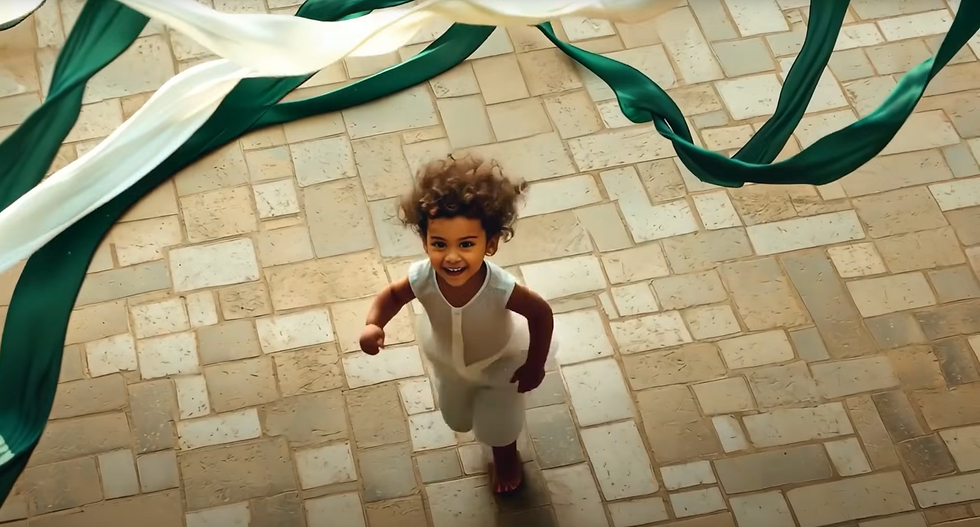Authenticity in AI
- Sean Arbabi

- Sep 11
- 2 min read
"It’s the question on everyone’s lips at the afterparty, the board meeting, and in the comments beneath your favorite brand’s latest campaign: Is it real? Maybe that’s the new job of creative leadership: Noticing where trust begins to flicker, and naming it before it disappears."
— Sam Thomas Davies
Studies show 88% of business leaders say visual fluency is a must-have skill for leadership positions. I couldn't agree more. The creative and visual skills I bring to every role, every project, every campaign affects the results in a positive way. That clear understanding of creating powerful visual content drives growth.

When it comes to AI mistakes, they can affect trust with customers. A colleague on Linkedin asked "what does real mean in this context - and why is it important?". My reply to her was that it’s about authenticity, that is if authenticity is critical or important to the consumer. This could depend on the product or service.

Authenticity in AI, as an example, is the difference between a hokey movie or Interstellar. The audience knows the special effects aren't real, but if you make it appear it is, it’s magical. The way we market products and services should be magical…not fake-looking.
Her reply was "I don't think the tool used to create the magic is necessarily all that relevant. If the outcome is magic, or high quality, or whatever you're aiming for, the tool becomes irrelevant.....what even is real when it comes to content creation and creativity, and who gets to define that?"

I understand her point and wholeheartedly agree about tools. We need to ensure tools are there for our creative teams to utilize, but not lose focus on the big picture. Powerful successful marketing is about creating on-brand impactful content that connects. In the case of AI, “real” will play a part for a while maybe until the audience gets use to it. By then I imagine, AI’s improvements will render stunningly real content in every way.

For now, there's work to be done when it comes to perfecting AI imagery. Customers want to see themselves using these products and services. If they are looking at a robotic humanoid, there attention wanes and the trust for the product or service is damaged.

This is why it's critical to have creative people over creative processes.




Comments